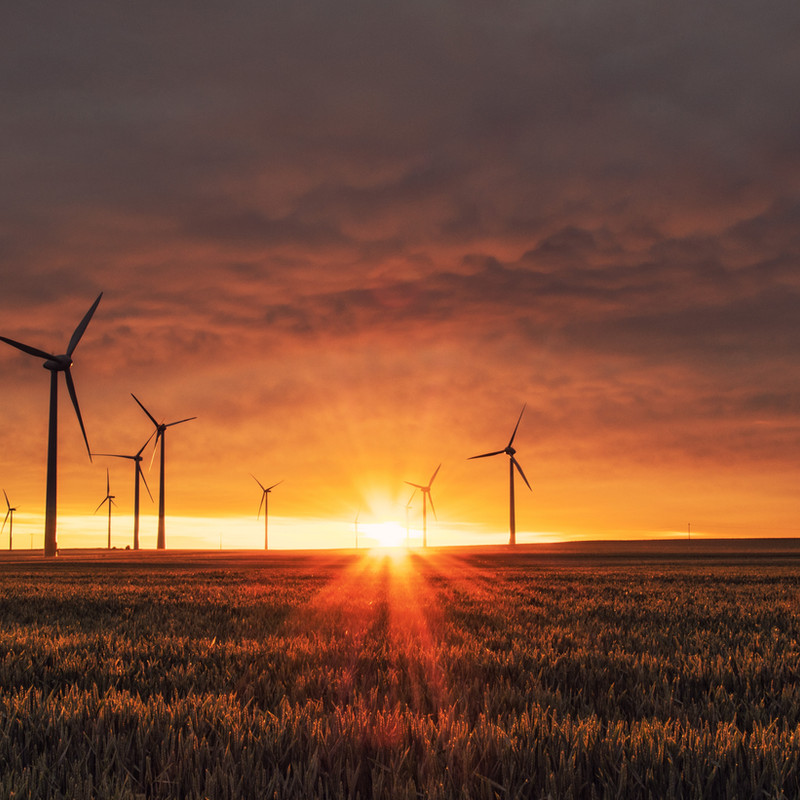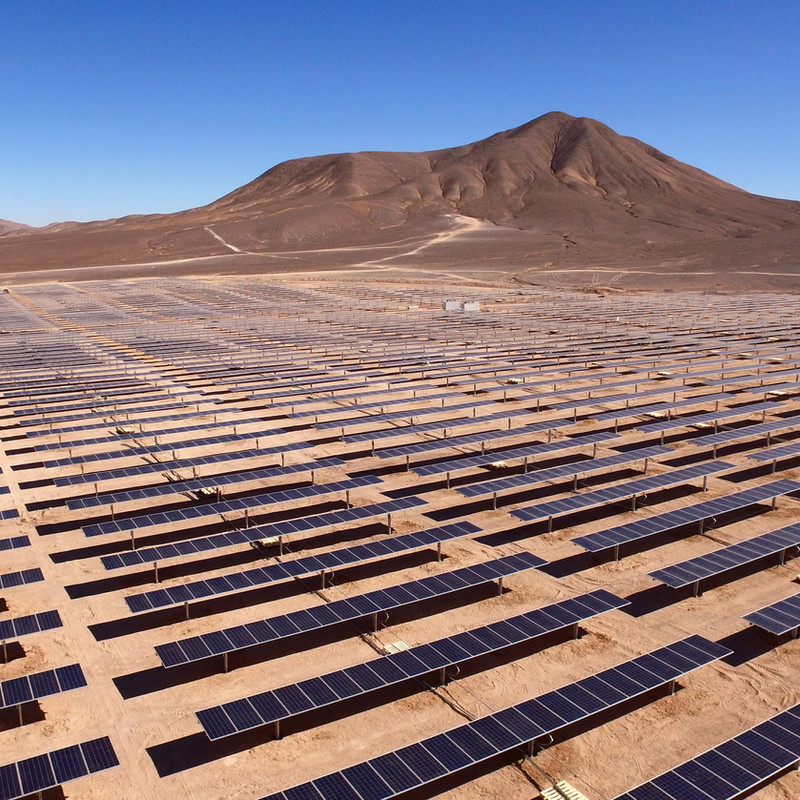Carbon credits can be generated or created in a number of ways. For example, an energy efficiency project might involve retrofitting a factory with more efficient equipment, which would then use less energy and generate fewer emissions. On the other hand, a forestry project might involve planting trees, which absorb carbon dioxide as they grow. When these projects are completed, they result in what are called “carbon offsets”.
These carbon offsets can then be sold in the form of carbon credits, which provide businesses and individuals with a way to offset their own emissions by supporting projects that reduce greenhouse gas emissions elsewhere. In this way, carbon credits provide a financial incentive for businesses and individuals to reduce their emissions, as well as to invest in projects that will help mitigate climate change.
Carbon offsets can then be sold in the form of carbon credits, which provide businesses and individuals with a way to offset their own emissions by supporting projects that reduce greenhouse gas emissions elsewhere. In this way, carbon credits provide a financial incentive for businesses and individuals to reduce their emissions, as well as to invest in projects that will help reduce their carbon footprint.

Offset projects can be implemented in a number of ways, but the most common methods include energy efficiency projects, forestry projects, and renewable energy projects. These projects aim to either avoid the release of greenhouse gases into the atmosphere, or to remove them once they have been emitted. For example, an energy efficiency project might involve retrofitting a factory with more efficient equipment, which would then use less energy and generate fewer emissions.
When a factory stops using non-renewable biomass, such as firewood from deforestation, and starts using renewable biomass, it results in a lower emission of greenhouse gases. This difference is what is used to calculate how many carbon credits have been generated. In addition to reducing greenhouse gases, the use of renewable biomass also helps reduce deforestation. Deforestation is responsible for about 20% of global emissions, so by reducing this we can make a significant impact on climate change.
Carbon credits are authorized by different mechanisms, depending on their purpose. For example, the Kyoto Protocol’s Clean Development Mechanism (CDM) authorizes carbon credits that can be used towards meeting Kyoto emission reduction targets. In the United States, the Regional Greenhouse Gas Initiative (RGGI) issues carbon credits that companies can use to offset their emissions.
Carbon offsetting occurs when a company or individual reduces their emissions by a certain amount, and then purchases carbon credits to offset the remainder of their emissions. This process creates a market for carbon credits, which allows companies and individuals to buy and sell credits as needed.
Voluntary Carbon Credits
Additionally, there are voluntary carbon markets, where businesses and individuals can purchase carbon offsets to offset their emissions and help combat climate change. These voluntary offsets provide a way for businesses and individuals to reduce their emissions in support of climate change mitigation.
In order to generate carbon credits, a project must first be registered with an accreditation body. The project is then monitored to ensure that it meets all of the requirements and is generating the expected amount of carbon offsets. Once the project has been verified, the carbon offsets can be sold on the carbon market.
Major accreditation organizations include the Verified Carbon Standard (Verra), the Gold Standard, and the Climate, Community, and Biodiversity (CCB) Standards. China also has its own voluntary carbon offset program, called the China Emissions Exchange (CEE). The price of carbon credits varies depending on the market and the type of project.
When individuals purchase voluntary carbon offsets, it helps support projects that reduce greenhouse gas emissions and offset the individual’s own emissions. This provides a financial incentive for businesses and individuals to invest in climate change mitigation. The purchase of carbon offsets also helps create projects that otherwise would not have existed.
When implemented correctly, carbon credits can be an effective tool in efforts to combat climate change, and by supporting offset projects we can all do our part to reduce emissions and slow the effects of climate change.

